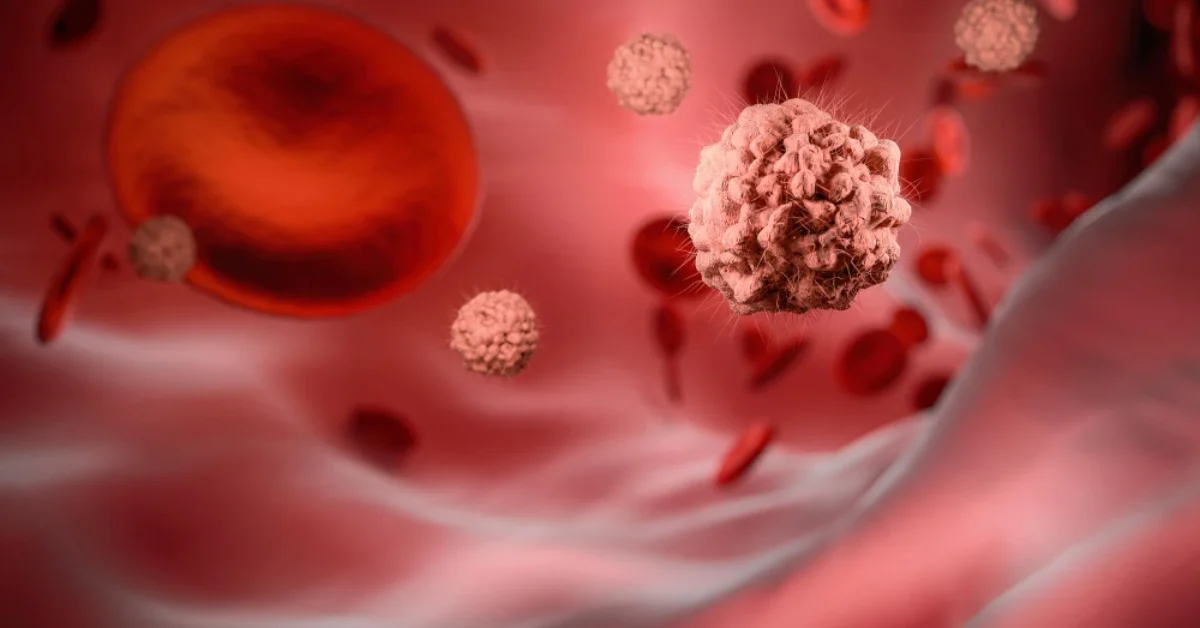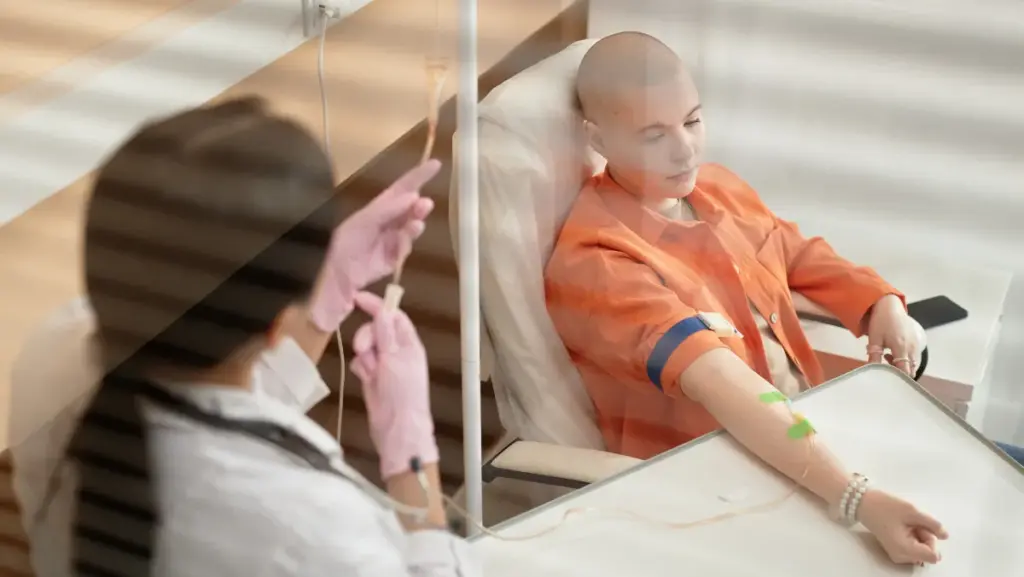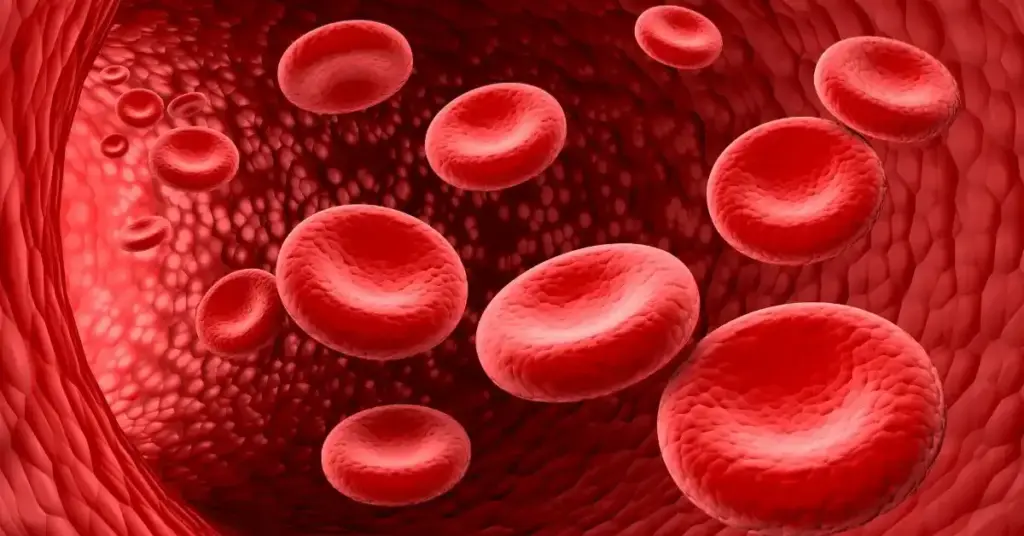
Blood cancer, also known as hematologic cancer, refers to a group of cancers that affect the blood, bone marrow, and lymphatic system. Unlike solid tumors that form in specific organs, blood cancers interfere with the production and function of blood cells, disrupting the body’s ability to fight infections, transport oxygen, and maintain normal clotting. It is one of the most serious forms of cancer, but advances in medical science have significantly improved diagnosis, treatment, and survival rates.
Blood cancer begins in the bone marrow, where most blood is produced. Normal bone marrow produces three types of blood cells:
In blood cancer, abnormal blood cells grow uncontrollably, crowding out healthy cells and impairing normal blood function. Depending on the type, it may affect immunity, oxygen delivery, or clotting ability.
Can progress into acute leukemia in severe cases.
While the exact cause of blood cancer is not always clear, several factors increase risk:
Early symptoms can be subtle and resemble other illnesses. Key signs include:
If these symptoms persist, medical evaluation is critical.
Doctors use multiple tests to confirm diagnosis:
Treatment depends on cancer type, stage, age, and overall health. Modern therapies aim to destroy cancer cells while preserving healthy ones.
Managing blood cancer is not just about treatment—it’s about overall well-being.
Medical science has made huge progress:
There is no guaranteed way to prevent blood cancer, but risk can be reduced:
Survival depends on type, stage, and response to treatment:
The outlook is improving every year, thanks to research and better treatments.
Blood cancer is a life-changing diagnosis, but it is no longer the untreatable disease it once was. With early detection, advanced therapies, and supportive care, patients can achieve long-term remission and maintain quality of life. Raising awareness, encouraging regular health screenings, and supporting ongoing research are crucial to winning the fight against blood cancer.
Blood cancer, also known as hematologic cancer, refers to a group of cancers that affect the blood, bone marrow, and lymphatic system. Unlike solid tumors that form in specific organs, blood cancers interfere with the production and function of blood cells, disrupting the body’s ability to fight infections, transport oxygen, and maintain normal clotting. It is one of the most serious forms of cancer, but advances in medical science have significantly improved diagnosis, treatment, and survival rates.
What Is Blood Cancer?
Types of Blood Cancer
Causes and Risk Factors
Common Symptoms of Blood Cancer
Diagnosis of Blood Cancer
Treatment Options for Blood Cancer
Living with Blood Cancer
Advances in Blood Cancer Research
Prevention and Early Detection
Prognosis and Survival
Conclusion
Blood cancer begins in the bone marrow, where most blood is produced. Normal bone marrow produces three types of blood cells:
In blood cancer, abnormal blood cells grow uncontrollably, crowding out healthy cells and impairing normal blood function. Depending on the type, it may affect immunity, oxygen delivery, or clotting ability.
Can progress into acute leukemia in severe cases.
While the exact cause of blood cancer is not always clear, several factors increase risk:
Early symptoms can be subtle and resemble other illnesses. Key signs include:
If these symptoms persist, medical evaluation is critical.
Doctors use multiple tests to confirm diagnosis:
Treatment depends on cancer type, stage, age, and overall health. Modern therapies aim to destroy cancer cells while preserving healthy ones.
Managing blood cancer is not just about treatment—it’s about overall well-being.
Medical science has made huge progress:
There is no guaranteed way to prevent blood cancer, but risk can be reduced:
Survival depends on type, stage, and response to treatment:
The outlook is improving every year, thanks to research and better treatments.
Blood cancer is a life-changing diagnosis, but it is no longer the untreatable disease it once was. With early detection, advanced therapies, and supportive care, patients can achieve long-term remission and maintain quality of life. Raising awareness, encouraging regular health screenings, and supporting ongoing research are crucial to winning the fight against blood cancer.
Blood cancers are sometimes curable, but it depends on the type, stage, and patient’s overall health. Leukemia, lymphoma, and myeloma respond differently to treatments like chemotherapy, radiation, targeted therapy, stem cell transplant, or immunotherapy. Some patients achieve complete remission and long-term survival, while others may require lifelong management. Early detection significantly improves treatment success and survival outcomes.
Life expectancy in blood cancer varies widely based on cancer type, stage, treatment response, and patient health. Some patients live many years in remission with proper therapy, while others may experience aggressive forms requiring continuous treatment. Advancements in modern medicine, stem cell transplants, and targeted therapies have significantly increased survival rates, offering hope for longer and healthier lives.
Blood cancer symptoms may include persistent fatigue, frequent infections, unexplained weight loss, easy bruising or bleeding, night sweats, swollen lymph nodes, bone pain, and shortness of breath. Many symptoms resemble common illnesses, making early detection challenging. If these issues persist or worsen, consulting a doctor for further evaluation and timely diagnosis is essential for better treatment outcomes.





